Drought scenario-based exercises are a great way to get people together to discuss drought preparedness and response activities. But the legwork and logistics that can create an effective exercise can be easy to miss. By taking time to think through the practical details such as space, time, equipment, and support, you can help ensure that your exercise runs smoothly and delivers the intended value.
The ideal time of year and day of week can vary widely depending on your potential participants. Choose dates and times that work for your target participants to make sure you get the people there that you want to reach. Ensure that other events don’t fall on the same date or you could lose some of the participants you invite. It’s usually best to schedule the exercise on a Tuesday, Wednesday, or Thursday. This gives participants and organizers time to make preparations beforehand, works better for those who need to travel, and gives people time to tie up loose ends at work before the weekend. The start and end time depends on the duration of the exercise and whether participants need to travel. Starting too early in the day means that participants may be distracted with work or family obligations (email, dropping kids off at school, etc.) and may make it more difficult for those who have to travel moderate distances (an hour or less). By the same token, consider people’s travelling times after the exercise. Before locking in the date with the venue, ask partners and key stakeholders the right questions about the timing of the meeting.
Key questions to consider when choosing a time and date
How much time (number of hours or days) do we need for the exercise?
What are the dates of other meetings, workshops, events that could compete for the targeted participants?
Is there a specific time of year to avoid due to increased workloads (planting, fire season, etc.) or deadlines?
What seasonal weather factors could affect the event or participants’ ability to travel?
Does the event conflict with holidays?
How far will participants need to travel?
Find a venue
Find a location that best suits the needs of the exercise type and the participants. Make sure the space is big enough to accommodate the expected number of participants and your facilitation activities. Other things to consider are that it has the type of audiovisual equipment and room setup options you need. You’ll also want to know if they have catering on-site or if you need to bring a caterer in.
Key questions to consider when selecting a venue
How much space do we need?
Is there an available and affordable local venue?
What accommodations does the venue have (parking, audiovisual equipment, appropriate room set up, Wi-Fi, electrical outlets, catering, etc.)?
Is there sufficient space to move around or breakout into groups?
Is wall space available for hanging posters, post-its, etc.?
Is the space pleasant to work in and free from distractions (lighting, décor, noise, etc.)?
Do they have on-site catering? Can you bring a caterer in?
Develop the agenda
The agenda offers structure for the exercise. It lays out the framework of what topics that will be addressed and who will address them. When drafting the agenda, seek input from members of the development team and the facilitator(s) to make sure that you clearly understand the exercise objectives and that you allot the proper amount of time for each agenda item and the exercise as a whole. When developing the draft, note the purpose of each agenda item, who will present or is responsible for leading the topic, and the amount of time needed.
Sample draft agenda template

Download sample
When developing the agenda, remember less is more. The more you pack in, the less the participants may learn. Develop the agenda with specific outcomes and don’t try to do too much.
Key questions to consider when developing the agenda
What are the main points or activities that need to be included and how much time do you need for each?
How frequently do you want to have breaks?
Have you built in flexibility to adapt to group dynamics or adjust for going under or over time?
Will lunch be served at the venue or will the participants need extra time for lunch?
Establish communication
Regular communication with the development team and potential participants helps build interest and generates buy-in. It also informs those involved about any necessary changes or developments to the event that happen during the planning stage, as opposed to surprising participants at an altered event. Regular (weekly, monthly) updates via email or teleconference can go a long way toward building expectations, and designing an event that best suits the participants.
Key communications questions to consider
Who (development team, partners, potential participants, etc.) needs to receive information?
What type of information do they need to receive?
What is their preferred method of communication?
When and how frequently do we need to communicate?
Set up the registration
The registration page should be short and concise so participants get the main points but are not overwhelmed with too much information. Use the registration to collect key information so that you can tailor exercise content and delivery to best meet participants’ needs. You will want to collect their name, affiliation, email address, city and state, dietary restrictions, and ask questions about their interests and knowledge on the topics to be covered. A link to the venue location and agenda is helpful to have on the registration page too.
Key questions to consider when setting up the registration
What format of registration – web based or email– fits your capability and works best for your target participants?
What do you want to collect beyond the typical name, email, affiliation, and food restrictions?
What other questions do you want to ask to help you communicate with participants and give them a better experience?
Coordinate materials, supplies, and equipment
Make sure you have everything you need to run an effective meeting. Check with your planning team and the facilitator to identify what materials, supplies, and equipment are needed. If you need easels, easel paper, markers, nametags, or other supplies, decide who will order them if the venue does not supply them. The logistics checklist worksheet linked below will be helpful when assessing what you need.
Key questions to consider
What audiovisual or tech equipment (laptops, projector, microphones, screens, flash drives, extension cords, etc.) is needed?
What facilitation materials (flip charts, markers, post-its, easels, etc.) are needed?
What essential office supplies (tape, stapler, pens, scissors) should you provide?
What workshop-specific materials (name tents/name tags, sign-in sheets, etc.) do you need?
Are you going to use handouts or deliver materials via email prior or after the workshop?
Design Worksheet #1: Logistics Checklist (pdf) helps you think through the practical details associated with developing and convening an exercise.
Build the scenario
The scenario is a structured account of the conditions and events that will drive discussion during your exercise and set the stage for participant activities, actions, and responses. They can take the form of simple script, use graphs and charts to help visualize changes in climate and water resources, or include animations and simulations to demonstrate complex interactions between water, people, and the environment.
Scenarios should support the exercise objectives and take into account the experience of the participants. For example, if the goal is to engage diverse stakeholders who are not experts in water management, a less complex scenario may be a better choice. This allows the focus of the exercise to be on discussion and exploration, without overwhelming participants or shifting their focus to understanding computer models or technology. On the other hand, participants with experience in drought and/or water management may find over-simplified scenarios to be unrealistic. They may benefit more from tailored, realistic scenarios that use technology-based decision-support interfaces to evaluate highly quantified risks, trade-offs, and response options.
Tasks for building the scenario
Click on a task to learn more
Gather background information
Creating a scenario starts with exploring your drought history, impacts, and related sources of information to learn how drought has affected your community in the past. Using real-life incidents to inspire your scenario keeps it realistic and makes it more meaningful to participants.
Background information for drought-scenario-based exercises
Explore the different types of background information, discover why each is important, view tips and examples, and locate resources.
| |
Drought history

|
Drought impacts
|
Related information
|
Definition

|
The past occurrence, severity, duration, and frequency of drought in your community or region. |
Consequences or effects that drought has on people, plants, animals, and the economy. |
Data and information that may be related to drought decision-making, but is not necessarily collected specifically for drought |
Purpose

|
Evaluate drought risk. |
Identify vulnerable resources and groups. |
Assess causes for vulnerabilities and examine other factors related to drought management. |
Tips

|
Use long records to put recent events and experiences into a larger context and help give a more complete picture. |
Use Foundation Worksheet #1: Consider Your Needs as a starting point. |
Search for information related to the priority impacts identified in Foundation Worksheet #4: Define the Exercise Scope. |
Example scenario use

|
An exercise development team wanted to challenge participants with a scenario based upon the 2012 drought. Historical records from National Drought Mitigation Center's Drought Risk Atlas show that similar droughts had a maximum duration of about 3 years, with an average duration of just over 1 year. To challenge participants the team created a scenario with a drought that spanned 5 years. |
Impact information from the Drought Impacts Toolkit show that a public power district had to cut power generation in response to low reservoir levels during the 2012 drought. The scenario development team used this information to create a challenge where these reductions resulted in power outages in metro areas. |
Wildfire history and county level livestock inventory estimates where used to create a challenge where fires threatened large numbers of cattle. |
Sources of information

|
U.S. Drought Monitor: Maps and times series of drought intensity from 2000 to present.
Drought Risk Atlas: Station based drought information for identifying drought severity and duration.
Paleoclimate data: Reconstructions of drought events from hundreds to thousands of years ago.
|
Drought Impacts Toolkit: Explore impacts from past droughts.
Records from your local water utility, newspaper, library, historical society, state drought committees, and residents’ past memories.
|
Socio-economic information
Agricultural statistics
Public health information
Wildfire history
Knowledge and experience of local agencies, scientists, and decision-makers.
|
Design the components
Scenarios generally consist of three basic elements – a narrative to capture attention, events to challenge participants, and technical details that help support decision-making. Start by outlining the general context for your exercise with key information such as location, timing, and severity of the drought. This outline will eventually become your narrative. Next, identify the events or challenges that you want participants to address. Finally, add in any supporting details that will support decision-making during the exercise.
The events and technical details can be identified by examining the historical record, constructing models, or using a combination of the two. Using the historical record and other readily available information generally involves the fewest resources. More complex scenarios (e.g., scenarios that use models to project future changes in climate and water resources, determine associated risks, and identify opportunities for adaptation) typically take more time and involve the support of private consulting firms.
Scenario components
Learn more about the components that make up a scenario, view tips, and see examples from a recent scenario-based exercise.
| |
Narrative

|
Events

|
Details

|
Definition

|
Brief description or story summarizing the events leading up to the start of the exercise. |
Situations that occur as a result of the drought. They can also be thought of as problems requiring action. |
Supporting information, maps, and charts. |
Purpose

|
Capture attention and set the stage for the exercise. |
Drive discussion, challenge participants, and trigger actions or activities. |
Show conditions or support decision-making. |
Tips

|
Keep it focused — use only the information needed to support exercise objectives. |
Make them relevant — base events off your priority drought impacts. |
Don’t overwhelm participants — keep some information in reserve, bringing it out only if needed. |
Example scenario use

|
An intense drought plagued Nebraska’s Platte River Basin for about five years, causing devastating impacts. It developed in the Nebraska Panhandle and gradually spread eastward through the basin, reaching its greatest intensity and spatial extent in Years Four and Five. During the drought’s peak, the average temperature reached 8 degrees above normal and precipitation fell to 10% of normal. |
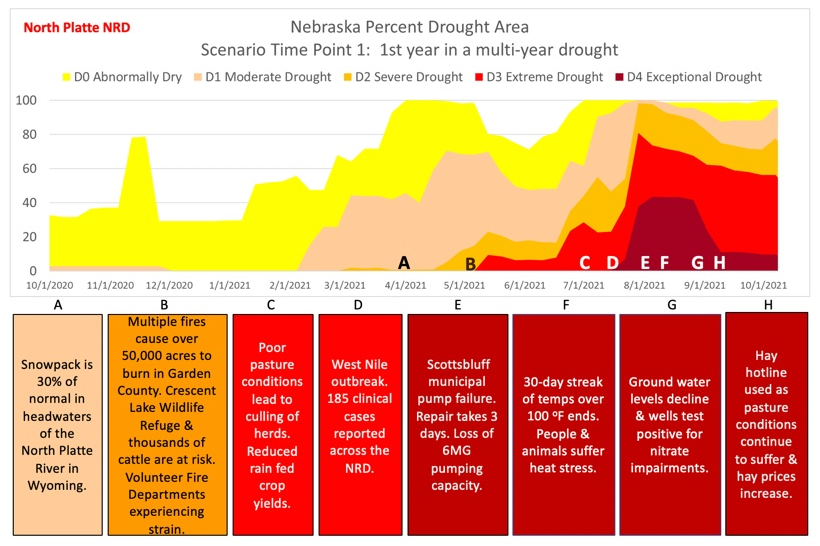
(click to view larger version)
|
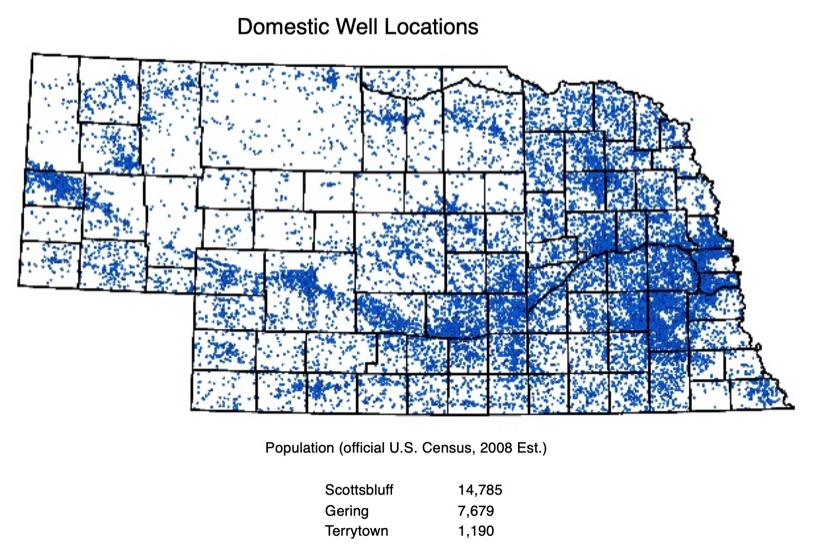
(click to view larger version) |
Finalize the scenario
Finalizing the scenario includes establishing the guidelines and reviewing the scenario with the planning team. The guidelines describe how the scenario unfolds, describe the assumptions on which it is based, spell out any constraints, and include defining roles and rules if your exercise is in the format of a game. After establishing the guidelines, conduct a talk-through of the scenario at a working meeting of the planning team to make sure that the timeline is logical and all relevant assumptions and constraints are included.
Scenario guidelines
Learn more about what to include when setting the guidelines for your scenario, view tips, and see examples from a recent scenario-based exercise.
| |
Timeline

|
Assumptions
|
Constraints

|
Definition

|
Chronological list of the scenario events. |
The implied factual foundation for the exercise. |
Things which detract from the realism of the exercise. |
Purpose

|
Ensures the necessary events happen so that exercise objectives can be met. |
Allows the exercise to be completed in the allotted time and aids in accomplishing the exercise objectives. |
Accounts for logistical or other limitations and aids in accomplishing the exercise objectives. |
Tips

|
Visual tools can help participants see the relationship between intensity and the events. |
Clearly state the assumptions to participants at the beginning of the exercise. |
Clearly state the constraints to participants at the beginning of the exercise. |
Example scenario use

|
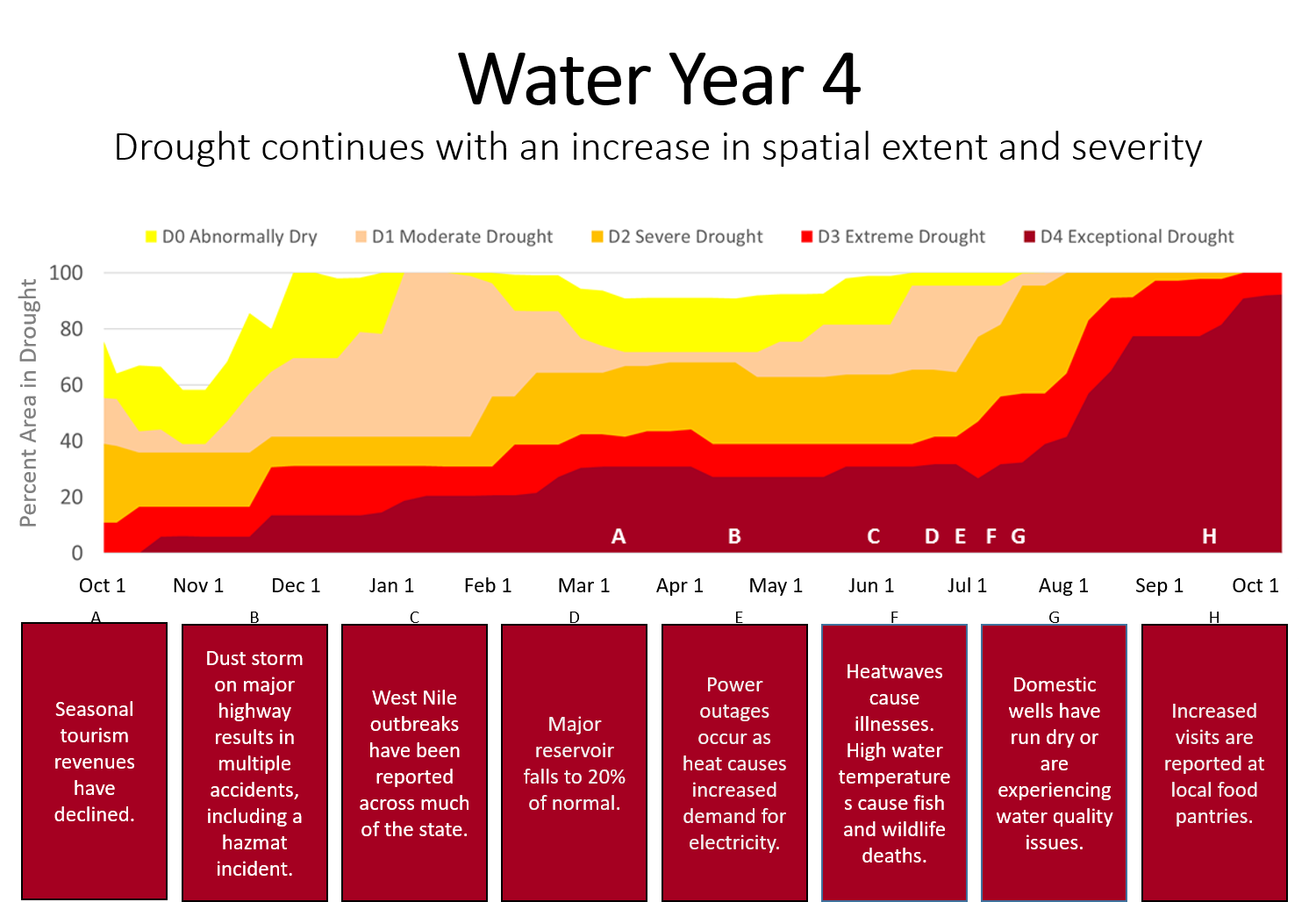
(click to view larger version) |
Budgets are unlimited.
The scenario is plausible and occurs as presented.
|
Coordination during the exercise limited to participating agencies.
Responses from participants may not be feasible with current polices.
|
Design Worksheet #2: Build the Scenario (pdf) helps you outline your scenario.
Write the evaluation plan
Exercise evaluation is the process of understanding the effectiveness of the exercise. Too often evaluation is an afterthought, making it less effective than it could be. Taking the time to map out the evaluation early in the exercise development process is not only good practice, it helps ensure the exercise is designed to meet its objectives, creates a shared understanding of the purpose and use of the evaluation results, and improves buy-in for the evaluation and its findings.
Tasks for writing the evaluation plan
Click on a task to learn more
Identify the purpose of the evaluation
The purpose of the evaluation serves as the foundation for selecting questions as well as deciding what data you’ll need and how and when it will be collected. Evaluation of drought scenario-based exercises typically focus on two general purposes – demonstrating the exercise’s impact and improving its design and delivery. It’s common to use both.
Evaluation types and their purpose, potential uses, and example questions
| |
Outcome
|
Process

|
Purpose

|
Demonstrate the exercise impact |
Find out how well the exercise was delivered |
Uses
|
- Establish and measure clear benefits of the exercise
- Determine changes that occurred as a result of the exercise
|
- Improve exercise design and delivery
- Explain exercise successes and short-comings
- Assess whether similar outcomes would occur with differing groups
- Portray exercise development and delivery to outside groups
|
Example questions

|
- What did participants learn?
- Did any new collaborations emerge?
- Did the exercise generate new information?
- What short- and/or long-term results were observed or reported?
|
- Did the pre-event communication help prepare you for the exercise?
- How would you rate the exercise design, pacing, and story?
- Did you read materials, actively participate in small groups, or volunteer to stay involved after the exercise?
|
To help clarify the purpose, consider what groups may be interested in the evaluation findings and how they might use the results. Inviting them to participate in the evaluation working group helps fosters transparency and ensure acceptance of the findings.
Determine potential questions
The next step is to identify corresponding evaluation questions for each intended user. An easy way to help develop evaluation questions is to ask the intended users to complete the following statement:
I want to know ____________ by (or at what point in time) _________________ to help decide ____________.
This helps clarify what information is needed, establish the timing of the evaluation question, and explain how the results will be used.
Potential users of evaluation results and example needs
Group
|
What would they like to know?
|
When?
|
How will they use the results?
|
|

|
Development team |
Did the exercise increase knowledge, improve skills, or change attitudes? |
Immediately after the exercise and several months later to see if the change was lasting |
Justify whether additional activities may be needed |
|

|
Participants |
Was my time well spent? For example, did it generate information that will be useful to me in the future? |
Within 1 month |
Decide whether or not to participate in future activities |
|

|
Funders |
Was this a good use of our resources? |
At the end of grant period |
Determine whether or not to fund future activities |
|

|
Policy-makers |
Did the exercise generate strategies to improve plans or policies? |
Within 6 months
|
Determine next steps in the planning process |
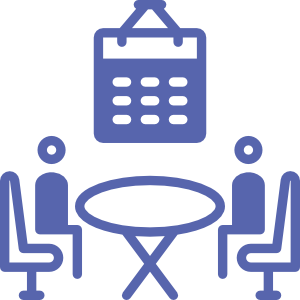 |
Others interested in convening an exercise |
Was the design and pacing of the exercise appropriate? |
No specified time |
Determine transferability of the exercise |
It’s tempting to ask a lot of questions to know as much as possible about the exercise. Every question asked involves data collection and analysis, which can be costly, time-consuming, and risk over-burdening stakeholders. Prioritizing questions helps ensure you stay on track and respect participants’ time.
Example criteria to help prioritize evaluation questions
Design the data collection and analysis
When designing the data collection, you’ll need to decide what data you’ll need to collect and from whom, how, and when you’ll collect it. The data consist of the information that you will use to answer your evaluation questions. It can be either quantitative, qualitative, or both.
Quantitative vs Qualitative data
Sources of evaluation data for drought scenario-based exercises can include people, documents, and observations. Your specific source(s) will depend on your evaluation questions, budget, and timeframe.
Example sources of evaluation information
For the most part, exercise evaluations focus on gathering information related to people’s perceptions, experiences, and changes in behaviors, knowledge, and skills.
Participant data collection
Usually more than one method can be used to collect data for your evaluation. Select a method that provides the appropriate information to answer your evaluation questions and is feasible given your timeframe, resources, and expertise. You may need to use a combination of methods for different aspects of the evaluation.
Evaluation methods
Data collection may need to take place at multiple timeframes, depending on the questions that you are trying to answer. Not all outcomes will be apparent immediately. If time and funding allow, consider collecting data weeks or months after the exercise to measure mid- and long-term changes.
Example timing of data collection for drought scenario-based exercises
Data collection considerations by evaluation type
| |
Outcome

|
Process

|
Data and information Collected

|
- Awareness, knowledge, and skills
- Behaviors and attitudes
- Social networks, communication, or collaboration
|
- Participant demographics
- Communication before, during, and after the exercise
- Participant experiences
|
Methods

|
- Pre-/post-surveys
- Pre-/post-test
- Observation checklist
- Surveys
- Focus groups or interviews
|
- Registration or sign-in sheets
- Meeting feedback forms
- Surveys
- Observations
|
Source

|
- Participants
- May also include comparisons with non-participants
|
- Participants
- Development team and working groups
|
Timing

|
- Before the exercise to establish a baseline
- Immediately following the exercise to measure short-term outcomes such as changes in skills, attitudes, and opinions
- Weeks later to measure medium-term outcomes such as changes in behavior or actions
- Months later to measure long-term outcomes or meaningful changes
|
|
Prepare to share your results
The ultimate purpose of evaluating an exercise is to use the information for improvement and to share lessons learned. Think about who should learn about the findings, what information will be most useful to them, and how they should learn the information.
Example audiences for evaluating findings
Audience
|
Information Needs
|
Dissemination Strategies
|
|

|
Planning team and partners |
Highlights of key findings and next steps for collaborative activities |
1–2 page summary; presentation and discussion at meeting; webinar |
|

|
Participants |
Overview of findings, next steps |
Newsletter; full report available upon request |
|

|
Funders |
Full report detailing methods, data, and results |
Executive summary; full-report |
|

|
Policy-makers |
Highlights of key findings related to policy issues |
1-page fact sheet |
 |
Public |
Understanding and awareness of the issues addressed in the exercise |
News release; social media post |
|

|
Others interested in convening an exercise |
Highlights of the exercise’s impact; lessons learned |
Case study |
Design Worksheet #3: Write the Evaluation Plan (pdf) steps you through the process of planning your evaluation.
Outline the facilitation methods
Getting everyone involved is key to running a successful drought scenario-based exercise, whether you are holding a workshop, table top exercise, or game. If you stand up and talk at your participants for two to three consecutive hours, you're just lecturing instead of facilitating an exercise and getting participants to work together to explore a problem and its solutions.
Similar, but not identical: Differences between speakers, trainers, and facilitators.
| |
Speaker

|
Trainer

|
Facilitator
|
|
Task
|
Deliver content. Listening is mostly confined to question and answer sessions. |
Transmit knowledge and evaluate learning by asking participants questions. |
Design and guide group discussions, intervening at specific moments to ensure effective participation. |
|
Intent
|
Inform |
Develop capacities and skills |
Ensure that the exercise objectives are met, that everyone participates, and that the exercise outcomes have buy-in from those involved. |
|
Tools
|
Visual aids, PowerPoints |
Training materials |
Skills, tools, and activities to keep group discussions moving smoothly. |
|
Talking vs Listening
|
80% talking
20% listening
|
50% talking
50% listening
|
20% talking
80% listening
|
A facilitator’s toolbox includes a variety of techniques and activities designed to open meetings, encourage creative thought, exchange viewpoints, generate ideas and solutions, analyze issues, and make decisions. Not every technique or activity works in every situation or for every group. By taking into account the type of drought scenario-based exercise, its intended objectives, and the knowledge and experience of the participants, you can plan an effective facilitation approach. The tasks below are intended to help guide you through this process.
Tasks for outlining the facilitation methods
Click on a task to learn more
Establish the outcomes
Begin with the end in mind. Starting with desired exercise outcomes and working backwards through assessment methods, activities, and content delivery can help you develop engagement activities and select facilitation techniques and activities that stay focused and get people involved.
Get to know the participants
Every group is different: some techniques or activities may not be appropriate in a specific group or situation. Check out the participant registration and consider the following key questions.
Select the facilitation techniques and activities
Hundreds of group facilitation techniques and activities exist and can be found for free on the internet. The following factors should be considered when selecting which one(s) would be best to use in your scenario-based exercise.
For any given exercise type, more than one suitable technique or activity usually exists. Examples of those used by the NDMC in past drought scenario-based exercises and workshops are shown below.
Activity or technique
|
Workshop
|
Table top exercise
|
Game
|
| Let's form the team |
|
|
X |
| Round robin |
X |
X |
X |
| Card-storming |
X |
X |
|
| 1-2-4-All |
X |
|
X |
| Focused conversations |
X |
X |
X |
| Appreciative interviews |
X |
|
|
| Conversation café |
X |
|
|
| 15% solutions |
X |
X |
|
| Purpose to practice |
X |
|
X |
| Rotating flip charts |
X |
|
|
| Ripple effect mapping |
X |
|
|
| What, so what, now what? |
X |
X |
|
| Journalistic six |
|
X |
|
| Journalists |
|
|
X |
| Dot voting |
X |
|
|
| Parking lot |
X |
X |
X |
| Who, what, when? |
X |
X |
|
| I used to think, but now I think |
X |
X |
X |
Explore a free, searchable online library of over 700 facilitation techniques from SessionLab.
Example Facilitations Worksheet

Download example
Create a process agenda
In addition to the public agenda, the facilitator should have a more detailed process agenda which has the additional information that the facilitator and meeting leaders need to ensure that the exercise runs smoothly. Think about and include details on how you’ll prepare the participants, manage the process, and set up the space. Also make note of who will lead each activity and anything else that may be useful including key points or “nice-to-have” activities that can be included or skipped depending on group dynamics and progress. While your goal is to plan down to the minute, if your strategy or choice of activity isn’t working, adapt or change it to fit the needs of the group. Taking the extra time to document this extra level of detail can help you maintain flexibility during the exercise and adapt the agenda or activities as needed while still achieving your goals.
Considerations for developing the facilitation or process agenda

Download example
Capture value and highlight success
Consider how you’ll record and highlight key ideas and takeaways of conversations. Will participants shout them out while you write them down? Or will they write down their own ideas and then give them to you? Will you designate note takers? No matter which method you choose, these recorded insights will be useful when identifying next steps, planning action items, and sharing findings with the exercise development team and evaluator.
Design Worksheet #4: Outline the Facilitation Methods (pdf) will assist you in tracking and checking off the tasks associated with your facilitation planning and document the methods you use for your event.